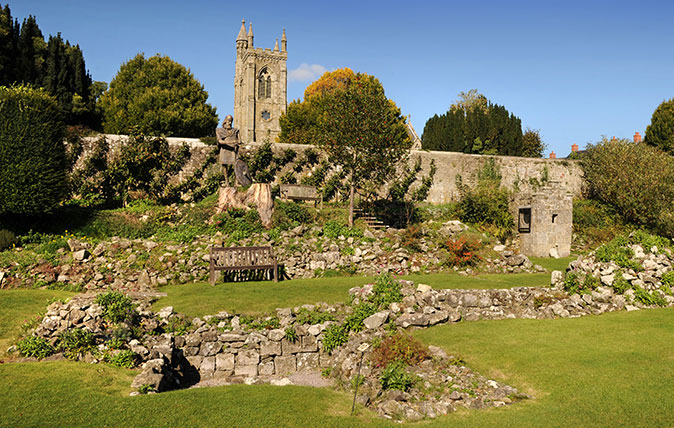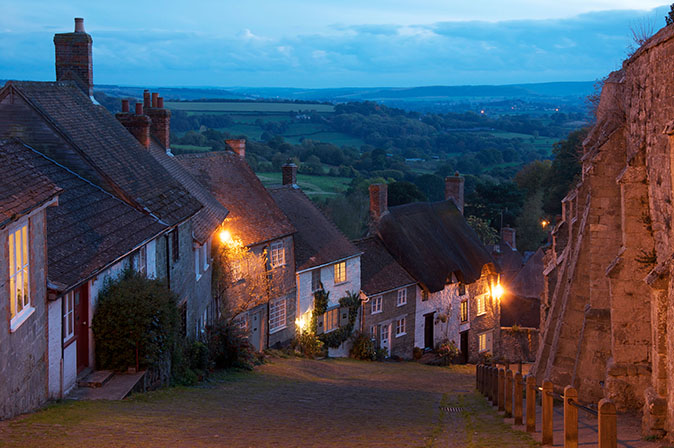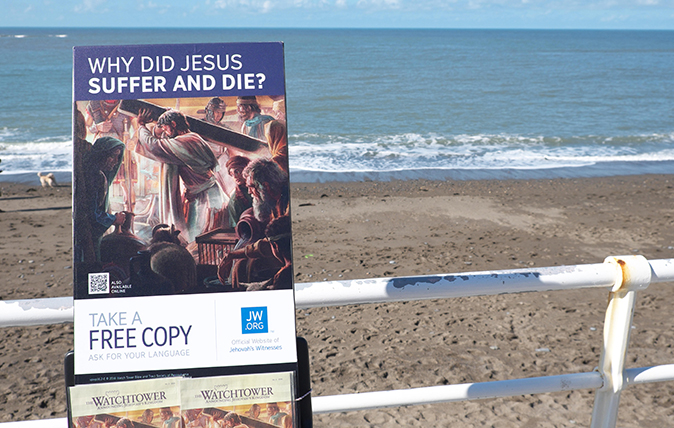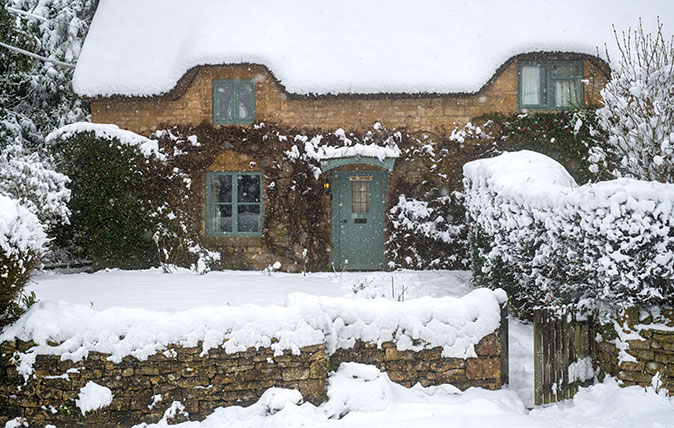Jason Goodwin: 'I was outraged. The bones of a king I’d barely heard of five minutes earlier had been spirited away – by foreigners!'
Our columnist takes a trip which sees him discover tales of murder, treason, desecration – and some rather pleasant gardens.

Driving through Malmesbury earlier this summer, I stopped at the abbey church and there, with a chunky lion at his feet, was the unexpected tomb of Athelstan, first king of England. I took a picture for Harry, our resident medievalist, who knows so much about women called Ethelburga and Matilda and the fate of the Saxon kings and, a month or so later, he returned the favour by leading us across France to Fontevraud Abbey, by the banks of the Loire.
Shut down in the French Revolution, it eventually became a notoriously tough prison, where some of France’s hardest criminals were gaoled, but a few years ago, they moved the old lags out and began to restore it as an attraction, with new floors and a shimmering white nave.
‘There they lay, as abbess succeeded abbess, until Henry VIII, our home-grown Stalin, blew away the patrimony of England’
They still have some way to go in attracting people, so we had it to ourselves and there, amid the travertine, lay the painted effigies, not only of Henry II and Eleanor of Aquitaine, but of their son Richard the Lionheart. The heart of King John, Richard’s brother, was also buried there, but all the relics vanished during the revolution.
That felt like a lot of royal bones for one season, but, lately, Kate and I found ourselves in Shaftesbury, the ancient hill town in north Dorset whose absurdly picturesque Gold Hill, a steep ribbon of medieval houses overlooking the Blackmore Vale, has featured on the cover of Country Life.

One side of the street is formed by the stone walls and buttresses of its old abbey, which was once visible from the Purbeck Hills, 50 miles away, and so rich it was said that, if the Abbot of Glastonbury and the Abbess of Shaftesbury had been able to marry, their heir would have owned more land than the king of England.
The nuns maintained the shrine of St Edward, the martyr-king of England, who came to the throne in 975, aged about 14. Two years later, he unwisely stopped at Corfe Castle to visit his stepmother, who had him poisoned, then stabbed to death, clearing the way for her own son, the wretched Ethelred the Unready, to take the throne. Edward’s uncorrupted remains were interred with due pomp at Shaftesbury in 981, attended by miracles.
‘Henry’s greedy junta reduced this astonishing great beacon in the West to ruins’
There they lay, as abbess succeeded abbess, until Henry VIII, our home-grown Stalin, blew away the patrimony of England at a stroke. With the Dissolution, the last abbess, Elizabeth Zouche, surrendered her nunnery to Thomas Cromwell in 1539.
Exquisite houses, the beauty of Nature, and how to get the most from your life, straight to your inbox.
The windows were smashed, the shrines overthrown, the roof ripped off and, within a decade, Henry’s greedy junta had reduced this astonishing great beacon in the West to ruins.
In 1931, an archaeologist working at Shaftesbury Abbey uncovered a lead casket that had been hidden at the time of the Dissolution. Inside, it appeared, lay the precious bones of Edward the Martyr, an identification supported by further investigations in 1970.

The remains of the abbey are now a pleasant garden and a museum, where we saw the hole in which the relics had been buried and the pretty shrine the archaeologist built to contain them. The bones themselves were sold when the abbey grounds changed hands and now belong to a Russian Orthodox church in Surrey. ‘Controversially,’ the museum leaflet added.
Controversial, indeed. I was outraged. The bones of a king I’d barely heard of five minutes earlier had been spirited away – by foreigners!
Later, I changed my mind. The St Edward Brotherhood of the Orthodox Church of Greece seem to want to restore the monastic tradition in Britain. They have those bones, near Woking, and I wish them luck. Every day, they chant at the royal martyr’s shrine and it serves Henry VIII right.

Jason Goodwin: Keeping up with the Jehovahs
'I don’t get into theological debate with them; I simply like to bask awhile in their radiant happiness'

Credit: Alamy
Jason Goodwin: 'Our headmaster was more Gilderoy Lockhart than Dr Arnold'
The graduation ceremony of Jason Goodwin's son reminds our columnist of the latin prayers which were so prolific in his

Credit: Tim Gainey / Alamy Stock Photo
Jason Goodwin: ‘The only sounds were the yawning of dogs, the spitting of logs in the fireplace and the occasional papery gulp of somebody turning a page’
Snowed in and without power, Jason Goodwin was left to live a medieval lifestyle that was rejuvenating and romantic... but

Credit: Alamy
Jason Goodwin: 'We have books all over the floors and carpets on the furniture'
Our columnist Jason Goodwin talks about jam jars, duvets and the books which are taking over his house.

Jason Goodwin: The upside of life in a harem, and modern-day slavery on the King's Road
Our columnist Jason Goodwin considers the realities of everyday existence for the women kept in 18th century Ottoman harems.